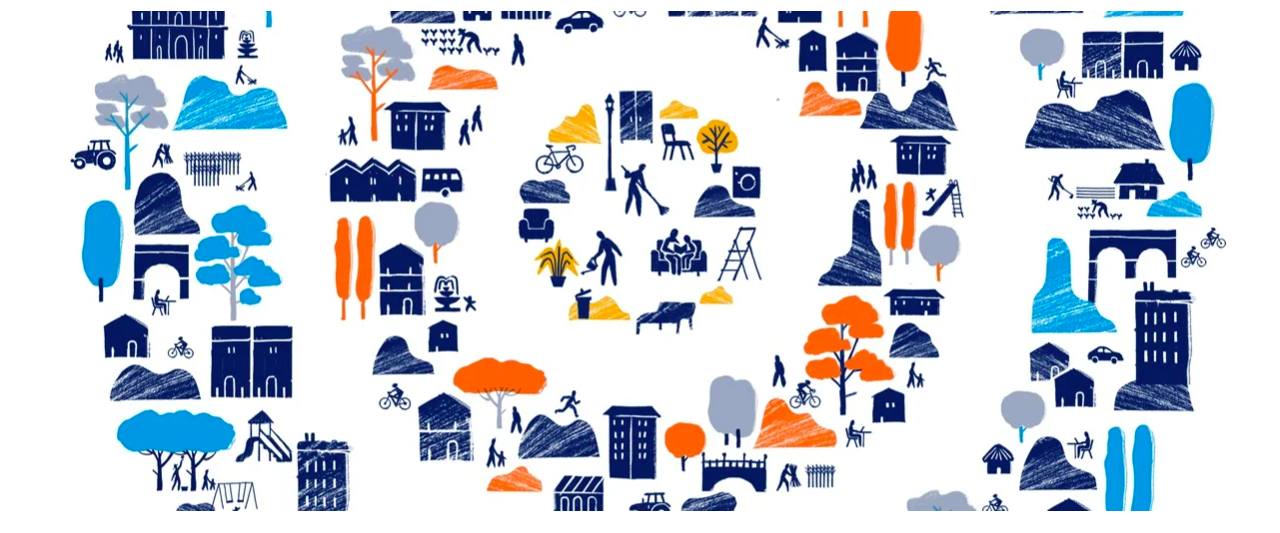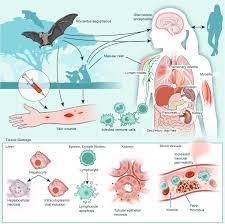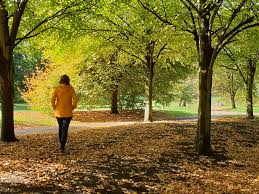
As population ageing and urbanization rapidly progress worldwide, making our cities and communities more age-friendly is crucial to maximise the opportunities offered by longer lives. A new guide released by the World Health Organization (WHO), National programmes for age-friendly cities and communities, provides a clear framework for how such programmes can be established and sustained in every country to accelerate the creation of age-friendly environments: better places to grow, live, work, play, and age.
- Housing
- Transportation
- Outdoor spaces and buildings
- Community support and health services
- Communication and information
- Social participation
- Respect and social inclusion
- Civil participation and employment
The activities of the WHO Global Network for Age-friendly Cities and Communities, now over 1400 members strong across 51 countries, show that developing age-friendly cities and communities is a proven way to ensure we can age well in a place that is right for us. National programmes for age-friendly cities and communities can amplify local action in both rural and urban areas by providing additional support to these communities – through vision setting, facilitating knowledge exchange, or providing technical and financial assistance.
“Through the WHO Global Network for Age-friendly Cities and Communities, we have witnessed how important national programmes and networks are for communities that are committed to become more age-friendly,” notes Thiago Herick de Sa, Technical Officer, Demographic Change and Healthy Ageing, WHO. “The aim of this new guide is for every country to be supported to develop or strengthen their own national programmes for age-friendly cities and communities.”
The new guide provides the rationale and a practical, step-by-step approach for developing national programmes for age-friendly cities and communities. The guide covers the following areas:
- partnerships, networking and stakeholders;
- leadership and strategic thinking;
- human, financial, institutional and cultural resources;
- capacity-building;
- knowledge, research and innovation; and
- monitoring and evaluation.
The guide also provides detailed examples on what can be done and how, including case studies from existing, successful national programmes for age-friendly cities and communities. The guide is supported by a living toolkit that can be freely used by any decision-maker, policy-maker, or other stakeholder in a position to influence the development or strengthening of such programmes in their countries.
The guide is a WHO contribution to the implementation of the UN Decade of Healthy Ageing (2021–2030) and responds to the UN Decade’s action area on ensuring communities foster older people’s abilities. However, developing age-friendly cities and communities also contributes to all other UN Decade action areas: combatting ageism, delivering person-centred integrated primary health care, and providing long-term care for older people who need it.
National programmes for age-friendly cities and communities complement and reinforce many efforts already in place to ensure all people can live long and healthy lives, including by older people themselves, civil society organizations, and existing age-friendly cities and communities. Such national programmes can also enable countries to deliver on multiple international commitments at once, including the UN Decade and the Sustainable Development Goals. Ultimately, these programmes play a key role in the much-needed transformation of living environments for a healthier, more just, and sustainable future for all – including current and future generations of older people.












